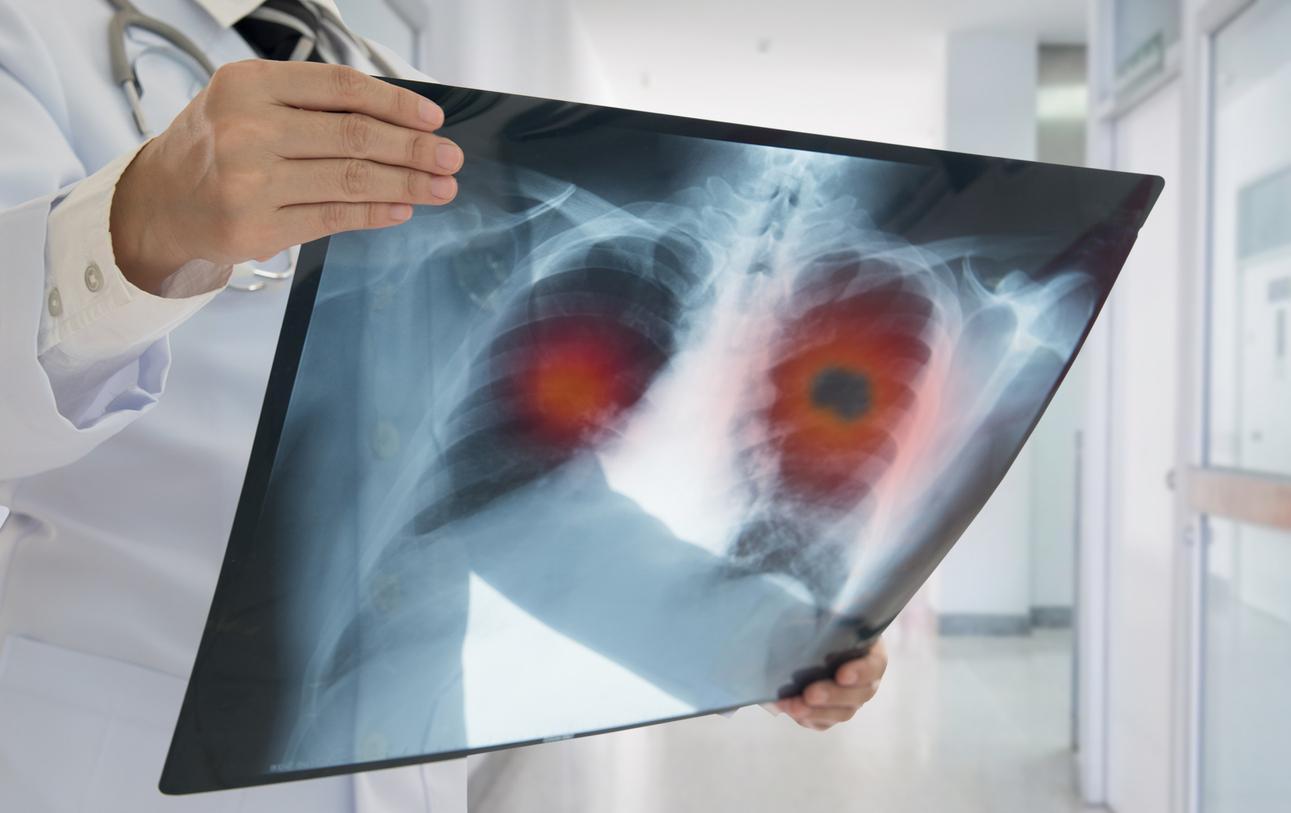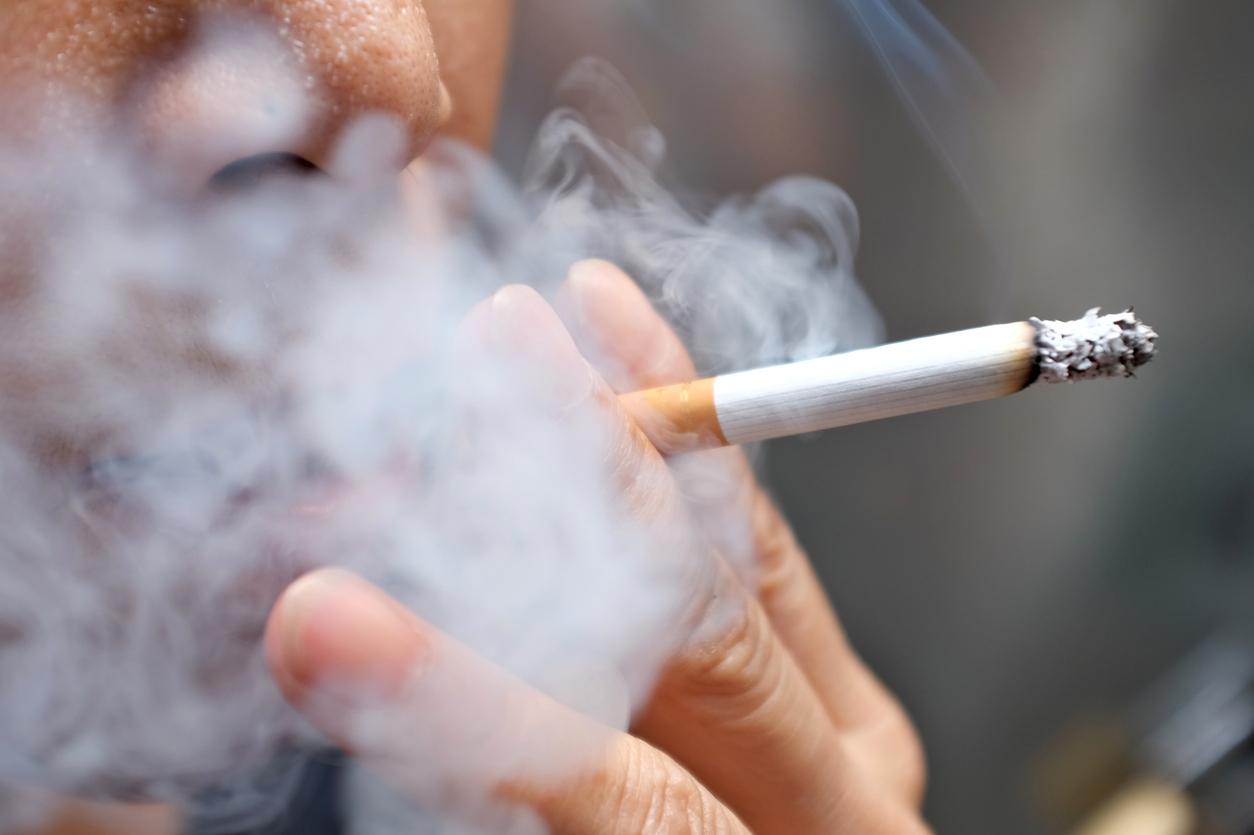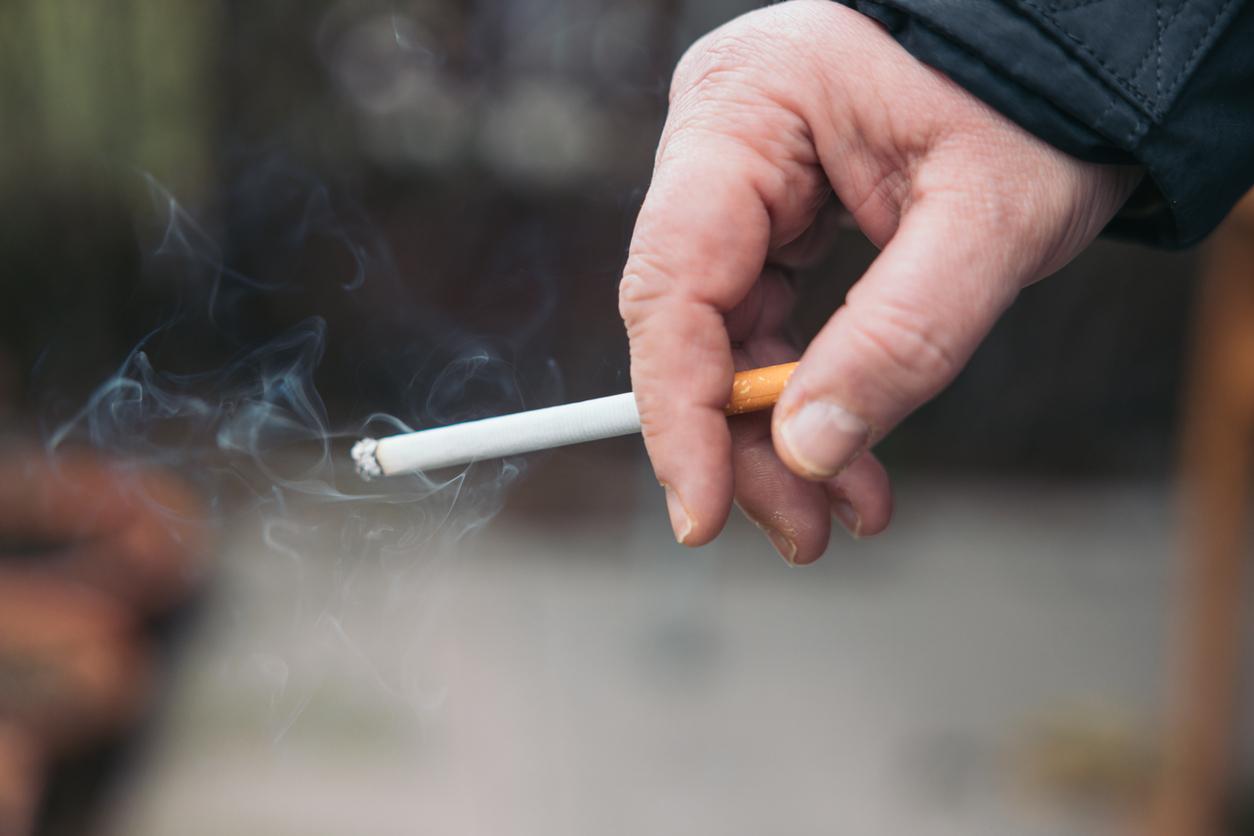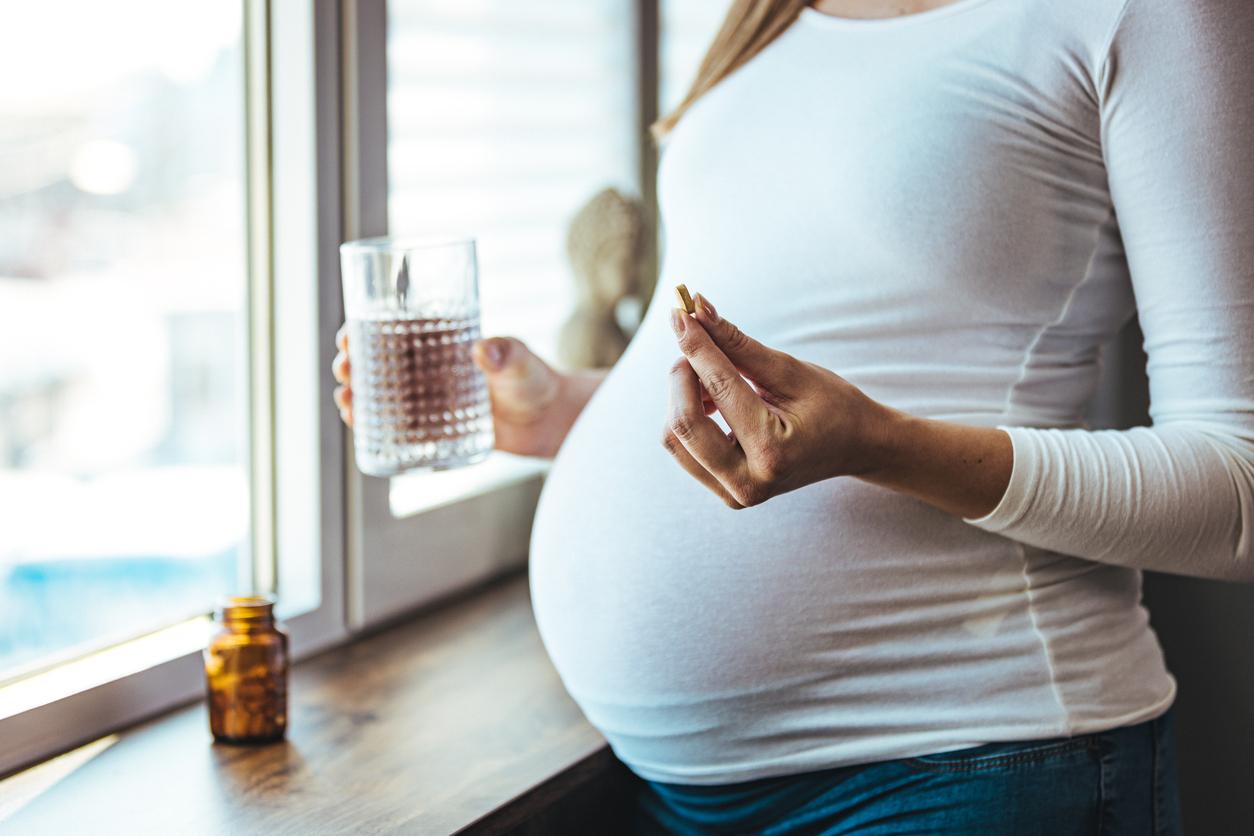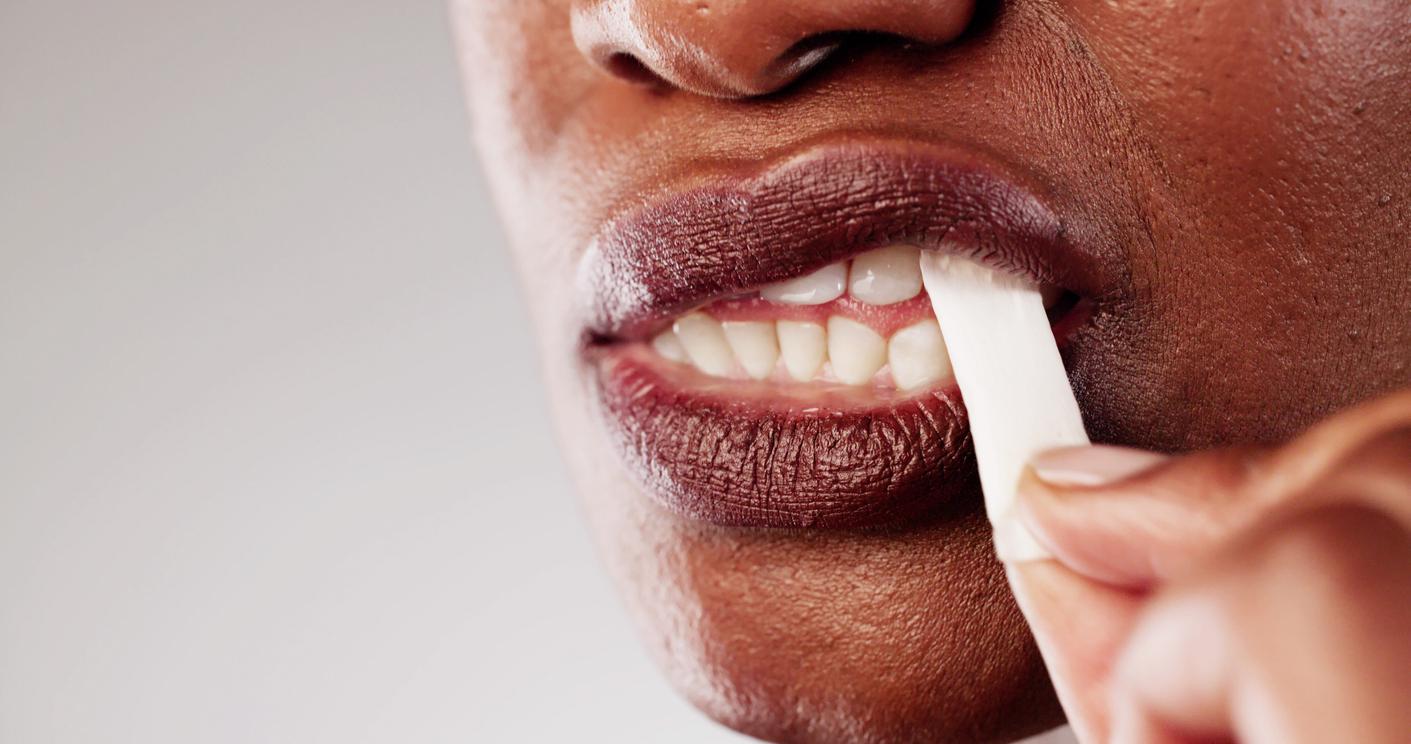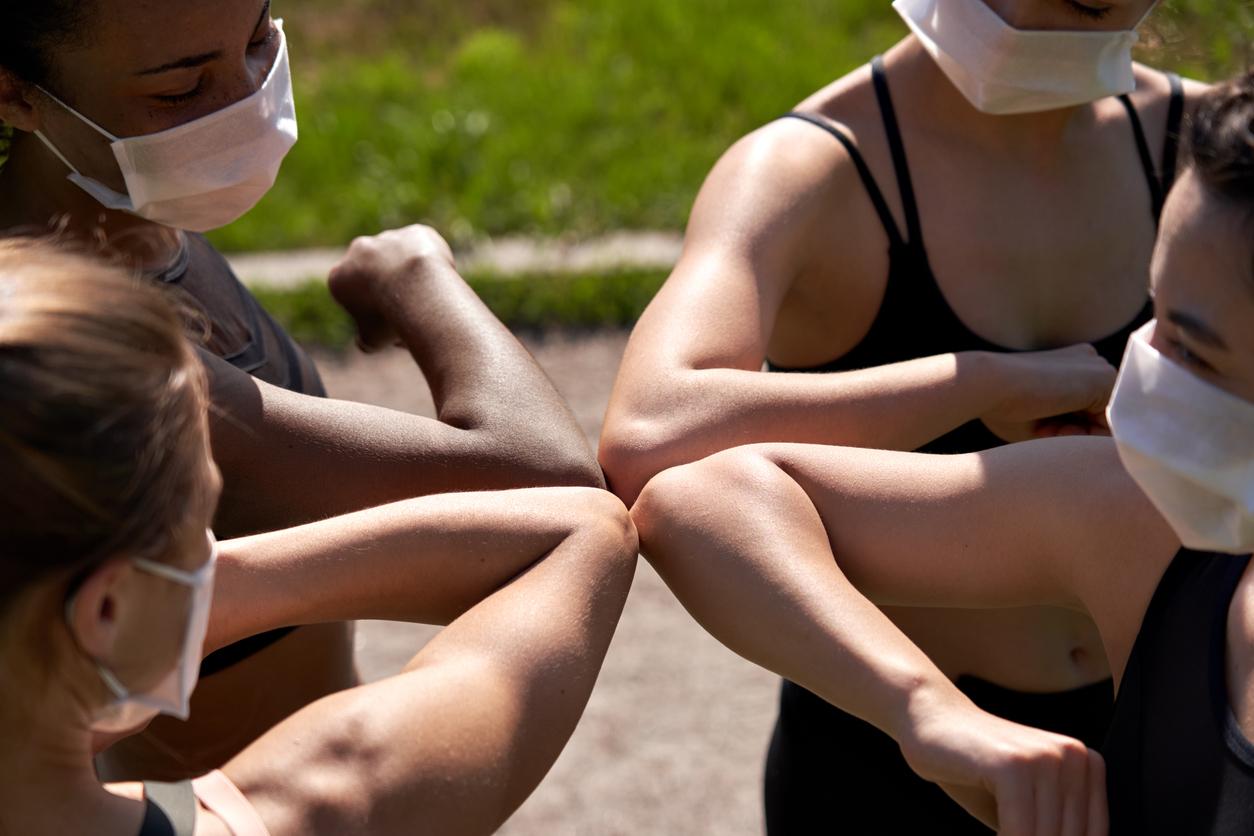Tobacco in utero and tobacco in adolescence, the explosive cocktail for the lungs? This is what suggests a study published in Environmental Health Perspectives. The first results in mice show that the two combined exposures are particularly harmful, compared to either taken individually.
Researchers from Inserm (National Institute for Health and Medical Research) divided the mice into four groups. The first was exposed to tobacco during pregnancy and adolescence, the second in utero but not at puberty, the third only in late childhood, and the fourth was never exposed. They found that prenatal exposure reaches the lungs: they are less able to distend themselves to breathe in air and return less well to their original shape on exhalation. Tobacco in adolescent rodents also causes changes in respiratory function, but these are much weaker in mice that were not exposed during their mother’s pregnancy.
Respiratory capital for life
These data were collected in rodents and therefore need to be verified in humans, but for researchers, they suggest effects on our health. Exposure to tobacco in utero combined with onset of smoking in adolescence increases the risk of developing COPD (chronic obstructive pulmonary disease). “Respiratory capital is defined at birth. From then on, we follow a pathway in the evolution of our lung capacities, which increases until the end of adolescence and which then decreases throughout life”, specifies Christophe Delacourt, who supervised this work. Smoking as a teenager when the body has already undergone exposure in utero would therefore degrade this capital when it is strongest. It would then run out faster. For the researchers, this study should serve to strengthen prevention messages aimed at young people.
To read also
Three quarters of teens think e-cigarettes are less harmful than tobacco
My teenager starts to smoke
Teens: electronic cigarettes would encourage them to use tobacco









